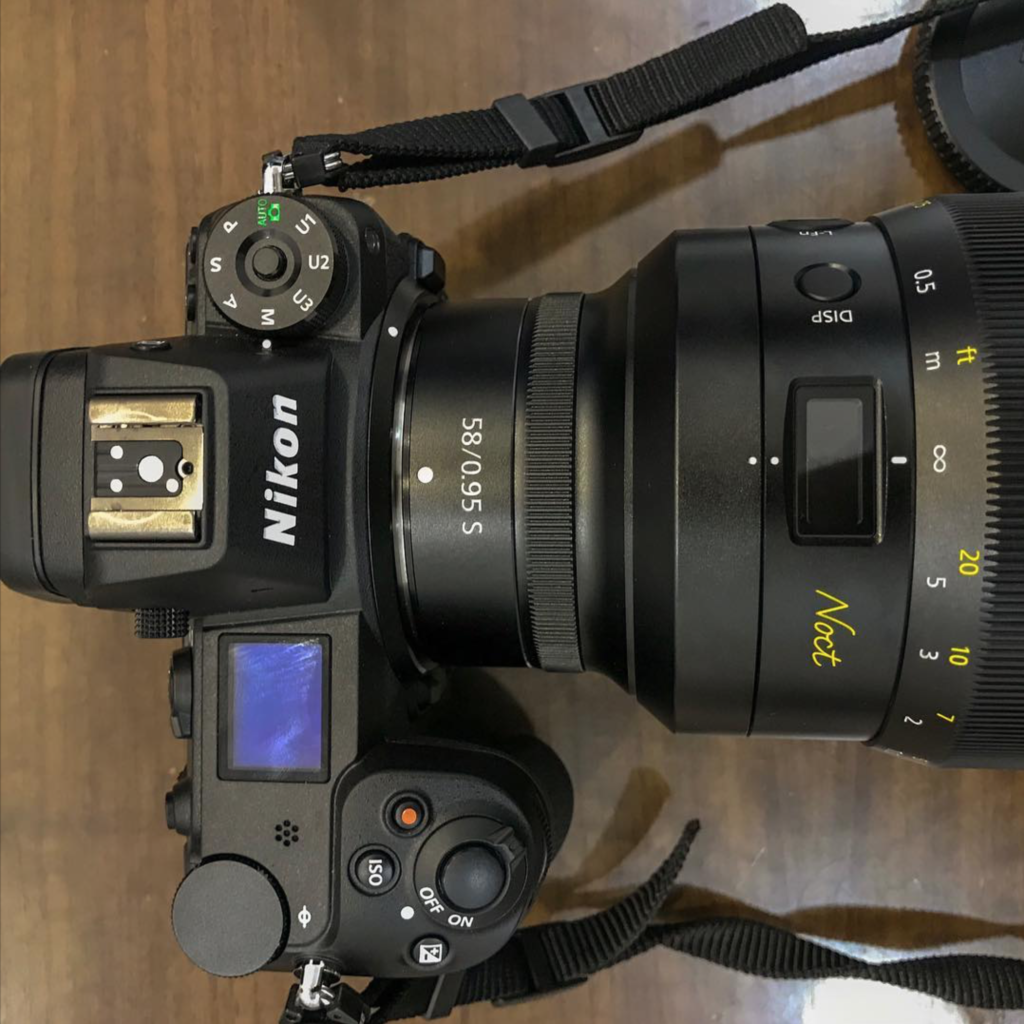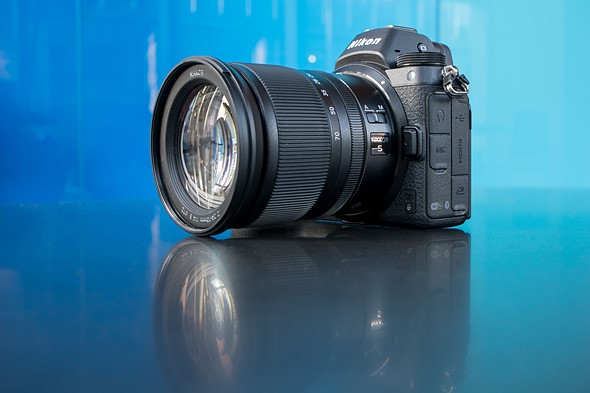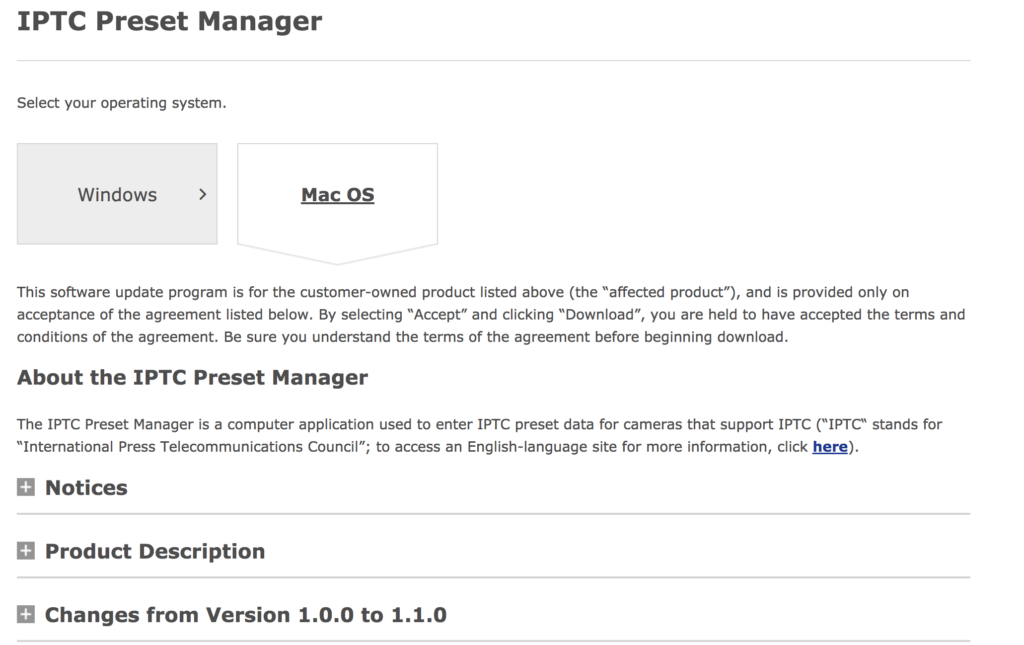First real world image of the new Nikon 58mm f/0,95 lens mounted on the Z7

An Nikon India employee just shared this first real world image of the new 58mm f/0,95 lens mounted on the Z7. The source also said the lens might be available in January.
KIPON start to deliver 8 models new Baveyes/focal reducer for new Nikon Z mount &Canon R mount cameras
Press text:
KIPON start to deliver 8 models new 0.7x Baveyes/focal reducer for new Nikon Z mount &Canon R mount cameras, increased Baveyes lineup for using medium format lenses on full frame cameras from 24 to 32 models.



Baveyes Pentax645-Nikon Z 0.7x
Baveyes Pentax67-Nikon Z 0.7x
Baveyes MAMIYA645-Nikon Z 0.7x
Baveyes Hasselblad V-Nikon Z 0.7x
Baveyes Hasselblad V-EOS R 0.7x
Baveyes MAMIYA645-EOS R 0.7x
Baveyes Pentax67-EOS R 0.7x
Baveyes Pentax645-EOS R 0.7x
KIPON Baveyes introduces a lineup of the world’s first lens adapters that bring the famous medium format optics to Sony E, Leica SL and Leica M ,Nikon Z, Canon R 35mm full frame cameras, virtually eliminating any crop factor image loss and maintaining diagonal angle of view.
The transformation results in a 0.7x factor to theoriginal lens focal length with a gain of one stop in lens speed. Foremost in the advanced adapters, is the custom designed five element multicoated formula by German optics research institution, with the ability to use full frame SLR lenses on crop sensor camera bodies and mirrorless cameras.

Many medium format lenses are legendary for contrast, flare resistance, color saturation, bokeh and are in a class of theirown compared to even the best 35mm format glass. And the Sony, Leica ,Nikon, Canon image sensors, in the heart of their robust camera bodies, give new life to these medium format legendary lenses.
The retailer price for these optic focal reducer is 695USD,can order from Amazon Japan and Tmall China and Ebay factory shop from this week.
New Nikon Z news and reviews roundup…
The Nikon Z6 is in the lab! The Raymond Show (TheSnapChick).
Pixel Binning vs Line Skipping / Why the Nikon Z6 Is Better for Video (Gerald Undone).
Nikon Z7 and 105/1.4 Face AF in the real world (Jim Kasson).
TEST / Nikon Z6 : un bel équilibre (Lesnumeriques).
The Nikon Z6 Disassembly and Teardown (Kolarivision).
Nikon Z6/Z7 vs Canon EOS R vs Sony A7III/A7RIII (Lightpoint).



